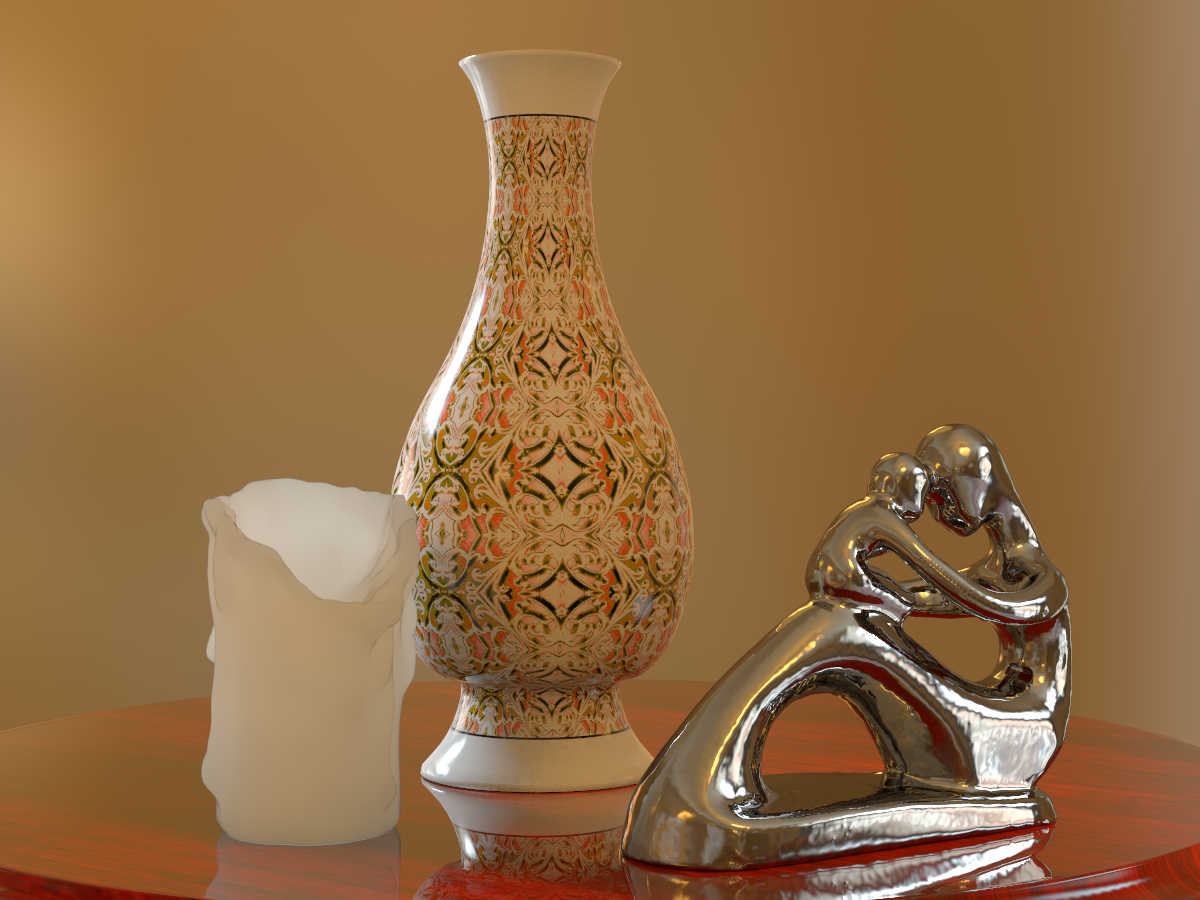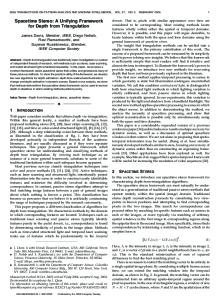Spacetime Stereo: A Unifying Framework for Depth from Triangulation
Abstract
Depth from triangulation has traditionally been treated in a number of separate threads in the computer vision literature, with methods like stereo, laser scanning, and coded structured light considered separately. In this paper, we propose a common framework, spacetime stereo, that unifies many of these previous methods. Viewing specific techniques as special cases of this general framework leads to insights regarding the solutions to many of the traditional problems of individual techniques. Specifically, we discuss a number of innovative possible applications such as improved recovery of static scenes under variable illumination, spacetime stereo for moving objects, structured light and laser scanning with multiple simultaneous stripes or patterns, and laser scanning of shiny objects. To suggest the practical utility of the framework, we use it to analyze one of these applications---recovery of static scenes under variable, but uncontrolled, illumination. Based on our analysis, we show that methods derived from the spacetime stereo framework can be used to recover depth in situations in which existing methods perform poorly.
Citation
James Davis, Diego Nehab, Ravi Ramamoorthi, and Szymon Rusinkiewicz. "Spacetime Stereo: A Unifying Framework for Depth from Triangulation". IEEE Transactions on Pattern Analysis and Machine Intelligence, 27(2):296–302, February 2005.









